At the beginning of the year, we got a glimpse into something that has been making much noise in the industry lately: the new Specialty Coffee Association (SCA) cupping protocol! At Let's Talk Coffee in Copan Ruinas, Honduras, Mario Fernandez, SCA's Technical Officer, gave us an intro to the new tool designed for cuppers around the globe. We want to share with you what we've learned so far!
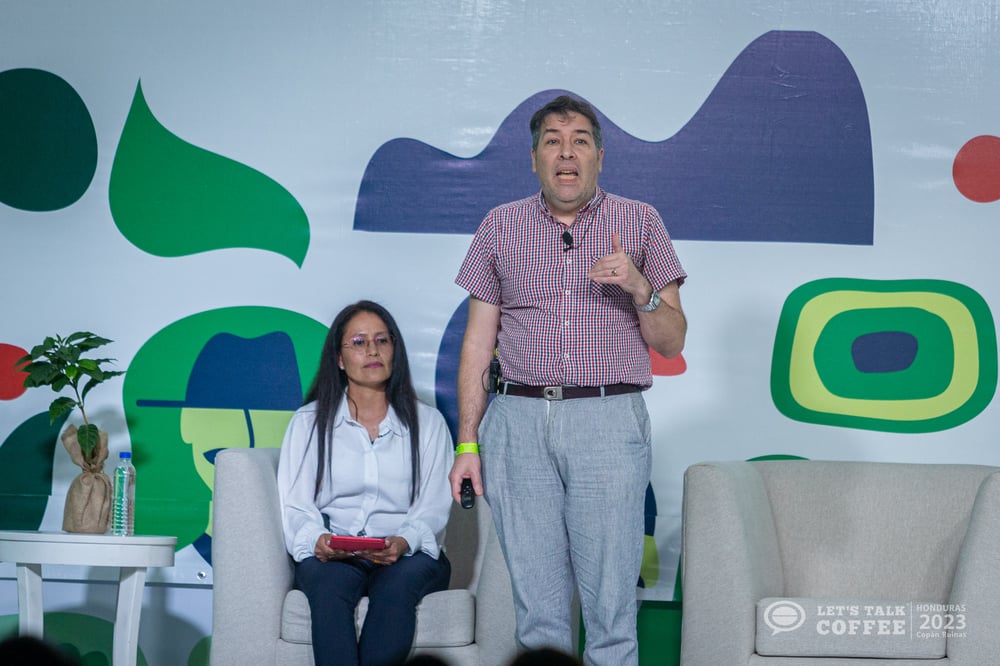
Why a new protocol?
Everything started when an SCA committee decided to improve the association's tool and re-think the cupping format with a score on a 100-point scale that we all know and use but that hadn't been revised since 2004.
For three years, this group of SCA members with the SCA's Chief Research Officer, Peter Giuliano, and Technical Officer, Dr. Mario R. Fernández-Alduenda, dedicated themselves to understanding the needs of the industry and the feedback cuppers had of the current protocol. The ultimate goal is to develop a new tool that improves market access and equity across the supply chain while producing a holistic view of a coffee's value, including physical, sensory, and informational attributes. The result? The new Coffee Value Assessment!
Early this year, during Let’s Talk Coffee, we learned a bit more about the Coffee Value Assessment tool from Dr. Mario Fernandez. He explained how this new protocol intends to consider the various attributes of coffee which contribute to its value. Some of these attributes are intrinsic, measurable, or estimable, such as the flavor, the size of the bean, or the roast color, and others are extrinsic attributes that require information about the coffee, like the estate's name or place, the processing method, and the variety.
This new SCA protocol aims to define specialty coffee based on its attributes. Coffees with a higher number of intrinsic and extrinsic attributes will lean toward the specialty higher end of the scale. In contrast, coffees with few distinctive attributes will be placed more on the commercial side of the spectrum.
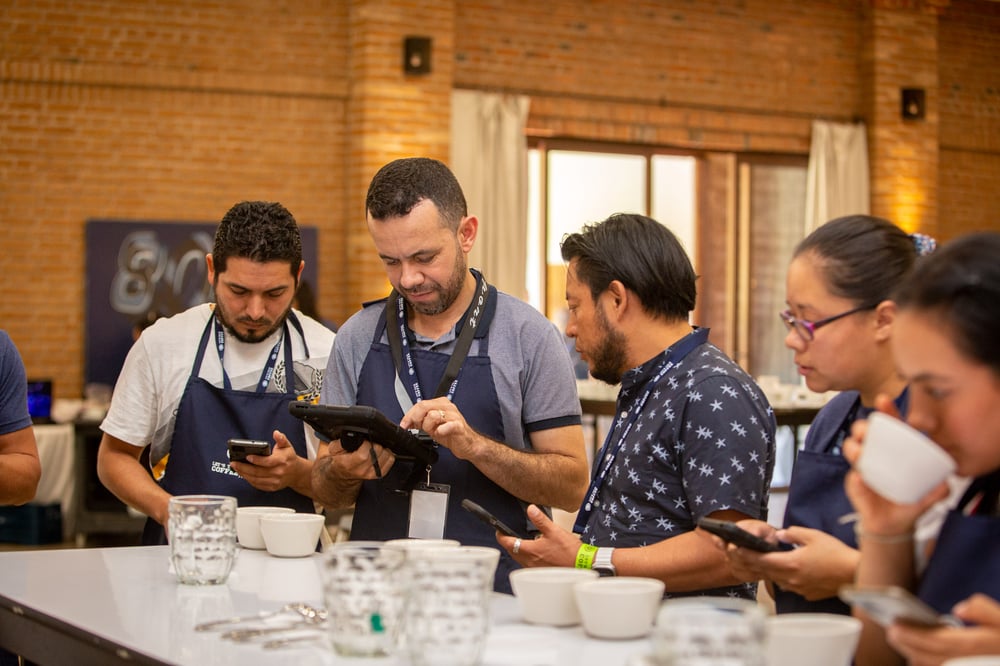
One of the goals for the implementation of this new system, according to Dr. Fernandez, is that it will help us understand how different regions, cultures, and supply chains prioritize various attributes to define value. “This extends beyond the coffee's flavor,” he mentioned during his presentation, “preferences for coffee flavor can vary globally. Some markets might value sustainability attributes over others. As producers, if we can identify where our coffee is valued [the] most, we can strategically target those markets,” he said.
What is the difference?
This new tool involves a comprehensive evaluation of green coffee from all angles, as intrinsic attributes will be evaluated through the physical analyses of green beans and sensory aspects. He explained how the sensory assessment would be divided into two parts: descriptive and affective cupping, and extrinsic attributes, encompassing all available coffee information, will be considered.
SCA’s cupping protocol and form hadn’t been revised since 2004, so with this new tool, they have implemented a significant change regarding cupping specifics, with a separate descriptive cupping process alongside the traditional affective cupping, which can be combined.
The descriptive cupping draws inspiration from descriptive sensory panels and results in flavor profiles or tasting notes, essential for communicating attributes to consumers. This format focuses on intensity perceptions across different cupping sections like fragrance, aroma, flavor, aftertaste, etc. “Here, quality isn't the focus; the aim is to be as objective as possible, describing attributes with precision,” he mentioned.
The “impression of quality” is evaluated, which encapsulates how a taster perceives the quality of a specific attribute within their market or supply chain.
For this purpose, the SCA has introduced a different format, which can be used separately or in combination. The scale has changed from a 10-point scale to a single 9-point scale commonly used in sensory science. This scale ranges from extremely low to extremely high, with a neutral point at the center.
This alteration also affects the final scoring scale. The new scale aims to provide more scoring flexibility and allows for broader score differentiation, particularly for coffees with distinct characteristics.
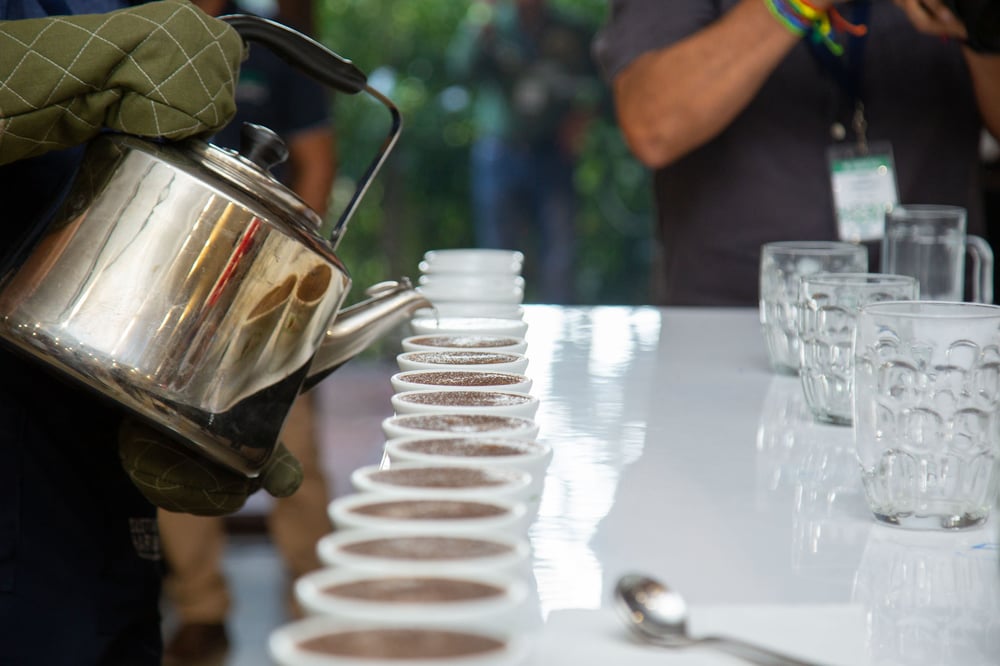
Now, you’re probably wondering when this new tool will be available! Well, it has been tested by cuppers from Latin America, Europe, and the US, since mid-2022. The beta test version was officially launched at the SCA's Specialty Coffee Expo in Portland in April 2023, and they've been holding workshops and training sessions to help cuppers get familiar with the new protocol. The Tastify team worked in tandem with the SCA to create a digital experience for Re:Co Symposium participants so they could get a first-hand experience of the potential this new protocol has.
But, what's next?
The SCA is launching an "Early Adopter Program" to receive feedback from users, and they are conducting some additional research to improve the tool so cuppers worldwide can fully adopt it!
As for Tastify, we’ve been working closely with the SCA to bring this new form to a digital format...Stay tuned for more updates soon!

.png)



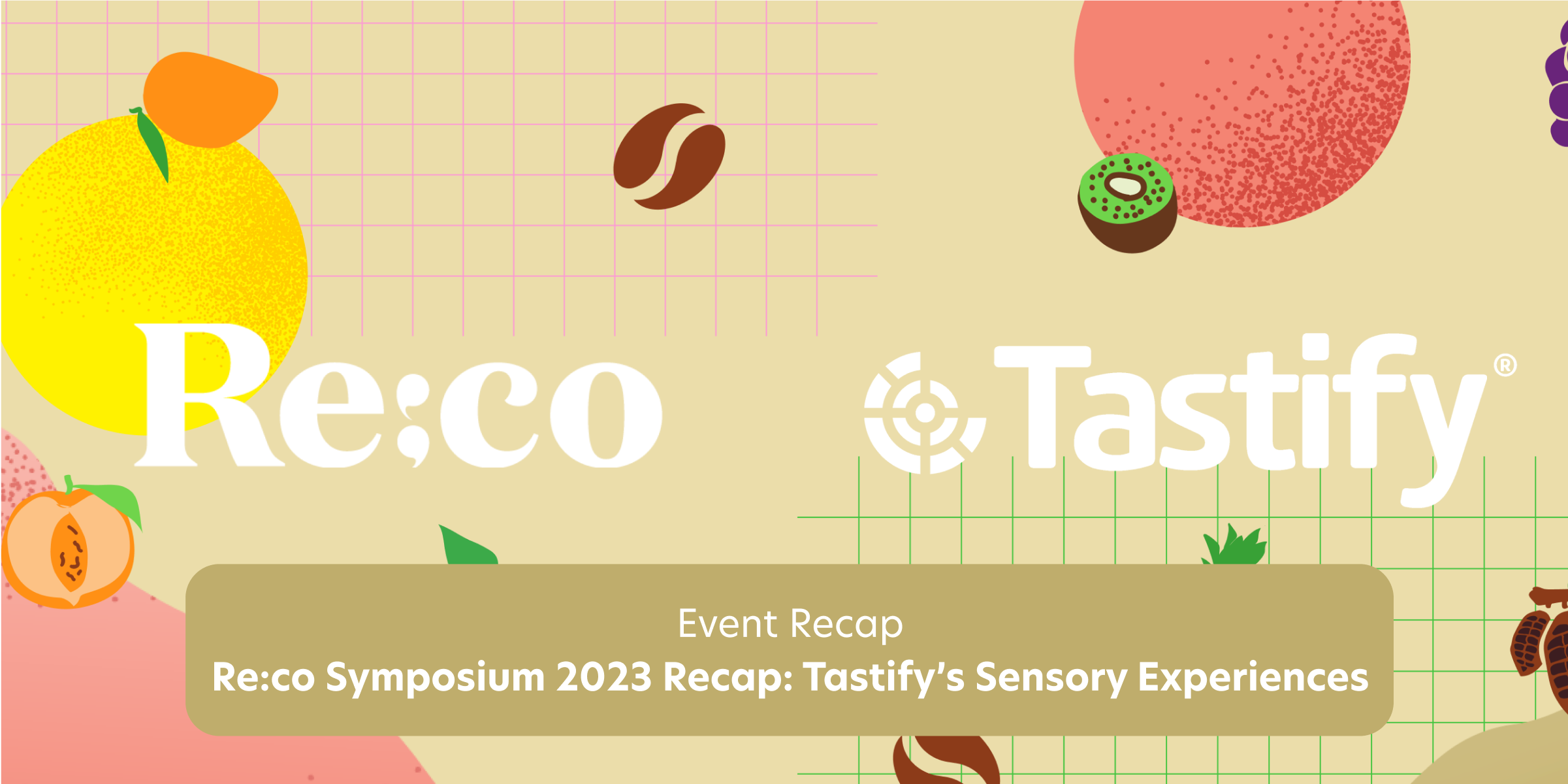
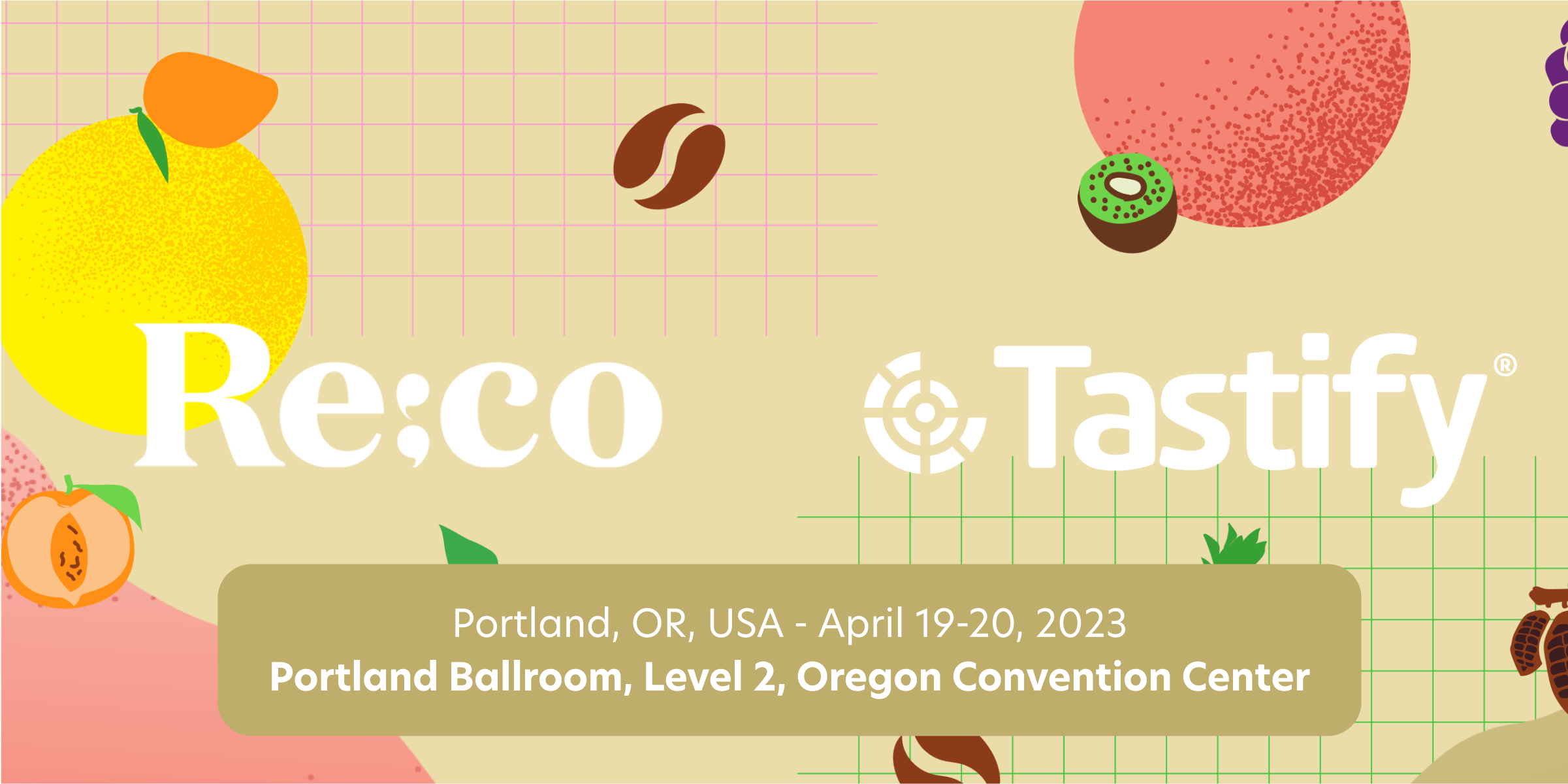

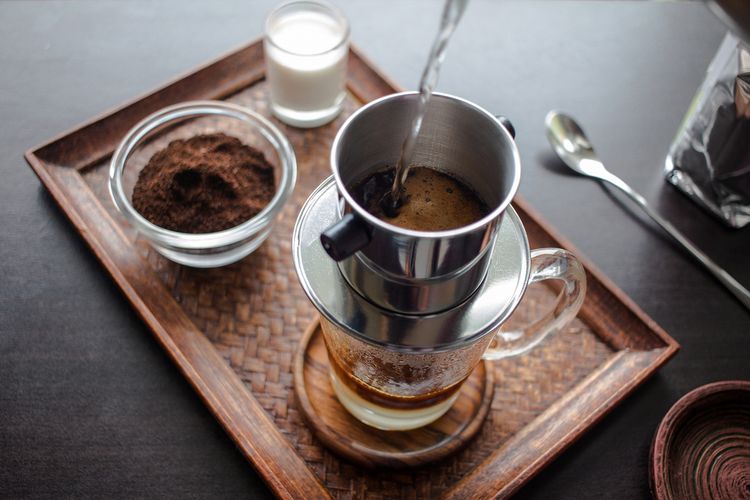

Comments